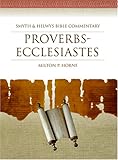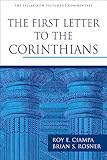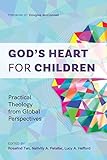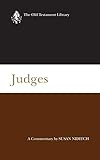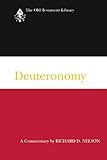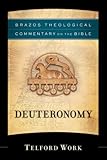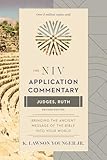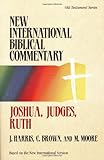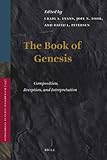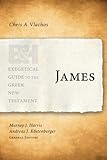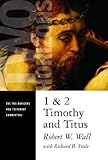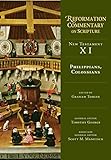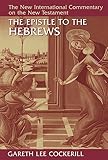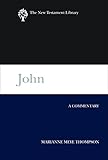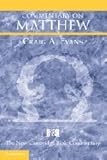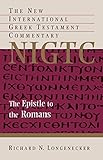Lazarus and the Rich Man (Luke 16:19-31) as Roman-à-clef: Attack on High Priest Caiaphas (Record no. 16779)
[ view plain ]
| 000 -LEADER | |
|---|---|
| fixed length control field | 02679nam a22001817a 4500 |
| 005 - DATE AND TIME OF LATEST TRANSACTION | |
| control field | 20220426145552.0 |
| 007 - PHYSICAL DESCRIPTION FIXED FIELD--GENERAL INFORMATION | |
| fixed length control field | ta |
| 008 - FIXED-LENGTH DATA ELEMENTS--GENERAL INFORMATION | |
| fixed length control field | 180806s2020 sa ||||fom|d| 001 e eng | |
| 040 ## - CATALOGING SOURCE | |
| Original cataloging agency | ZA-BrSAT |
| Transcribing agency | ZA-BrSAT |
| 100 ## - MAIN ENTRY--PERSONAL NAME | |
| 9 (RLIN) | 775 |
| Personal name | Shearer, Glen |
| Dates associated with a name | 1955 |
| 245 ## - TITLE STATEMENT | |
| Title | Lazarus and the Rich Man (Luke 16:19-31) as Roman-à-clef: Attack on High Priest Caiaphas |
| 260 ## - PUBLICATION, DISTRIBUTION, ETC. | |
| Place of publication, distribution, etc. | Johannesburg |
| Name of publisher, distributor, etc. | South African Theological Seminary |
| Date of publication, distribution, etc. | 2020 |
| 300 ## - PHYSICAL DESCRIPTION | |
| Extent | 88 pages |
| Other physical details | |
| Dimensions | A4 |
| Accompanying material | Abstract, TOC |
| 502 ## - DISSERTATION NOTE | |
| Degree type | Master of Theology (Mth) |
| Name of granting institution | South African Theological Seminary |
| Year degree granted | 2020 |
| Supervisors | |
| 520 ## - SUMMARY, ETC. | |
| Summary, etc. | The pericope of Lazarus and the Rich Man (LRM; Luke 16:19-31) is a well-known biblical story, often considered another parable told by Jesus. The LRM is recorded only in the gospel of Luke and describes an anonymous man of great wealth in contrast to a starving poor man, who is named Lazarus (Greek form of the Hebrew name Eleazar; literally ‘God helps’), lying at his gate. The rich man, although unnamed, is described as wearing the most expensive clothing available (purple and fine linen) and celebrating with luxurious feasts every day while the poor Lazarus lies outside his gate starving and covered with sores, but the rich man does nothing to help. Both men die. Lazarus is carried to the Bosom of Abraham by angels while the rich man is simply buried. In the supernatural second setting of the narrative, the rich man is in torment in Hades while Lazarus is in bliss with Father Abraham. This shocking reversal of fate story historically has been interpreted in three main fashions: (1) a teaching about the intermediate state after death but before judgment. (2) A teaching about the actual conditions in heaven and hell. (3) A moral teaching about the rich versus the poor (wealth versus poverty). I hypothesize that the narrative is not a parable but actually a thinly veiled attack on the extant Second Temple religious leadership in the form of a Roman-à-clef (novel with a key). The Roman-à-clef literary form uses a thinly veiled fiction to tell an inflammatory or condemning story about supposedly fictional characters. In truth, however, the fictional characters are real and certain “keys” within the story provide information which the audience can use to identify the real person. The description of the rich man’s wealth, clothing, gated residence and, importantly, his “brothers” point to High Priest Caiaphas as the “certain rich man”. Hence, I hypothesize that the LRM is actually a Roman-à-clef attack upon High Priest Caiaphas directly and thus upon the extant Second Temple leadership indirectly. |
| 650 #0 - SUBJECT ADDED ENTRY--TOPICAL TERM | |
| 9 (RLIN) | 218 |
| Topical term or geographic name entry element | New Testament |
| 942 ## - ADDED ENTRY ELEMENTS (KOHA) | |
| Source of classification or shelving scheme | Dewey Decimal Classification |
| Koha item type | Thesis |
| Withdrawn status | Lost status | Source of classification or shelving scheme | Damaged status | Not for loan | Collection code | Home library | Current library | Shelving location | Date acquired | Source of acquisition | Barcode | Date last seen | Uniform Resource Identifier | Price effective from | Koha item type |
|---|---|---|---|---|---|---|---|---|---|---|---|---|---|---|---|
| Dewey Decimal Classification | Electronic Holdings | South African Theological Seminary | South African Theological Seminary | Online Resource | 04/26/2022 | Thesis | 0000000012041 | 04/26/2022 | https://sats-dspace.s3.af-south-1.amazonaws.com/Theses/Thesis_MThMini_2020_ShearerG.pdf | 04/26/2022 | Thesis |

